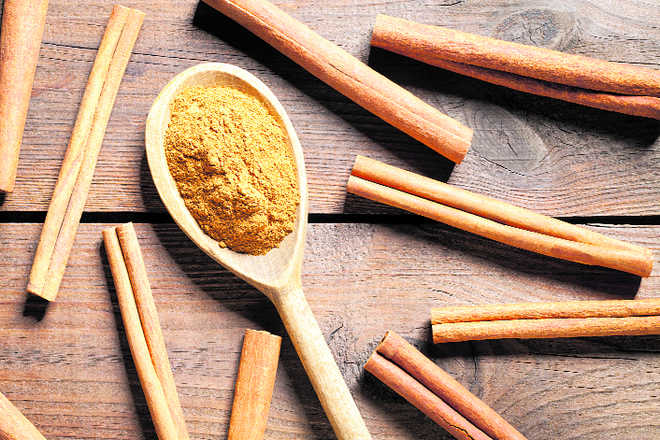
taken for a ride: Cheap cassia is being sold as cinnamon in the market
Pushpa Girimaji
I use cinnamon quite extensively and buy a packet every alternate month along with my grocery. Last month, however, I could not find my favourite organic brand and when I made enquiries, I was given a packet that said ‘cassia’ and the person at the store swore that this indeed was cinnamon, renamed as cassia. He could not explain why it was renamed. I bought it, but am a little confused and want to know whether cinnamon and cassia are same and if I did the right thing in buying it. Can you please explain?
Cinnamon and cassia are closely related spices and have a somewhat similar aroma, but they are not the same. They come from the barks of two different kinds of trees and vary in their chemical composition. While cinnamon or cinnamomum verum, also known as Ceylon cinnamon, is grown in Sri Lanka, cassia or cinnamomum cassia grows in China. Indonesia and Vietnam also produce cassia. More importantly, cassia is far cheaper than cinnamon and so manufacturers and retailers find it profitable to misrepresent cassia as cinnamon.
So why did your favourite organic brand rename its product as cassia and why was the retailer misleading you and saying that both cinnamon and cassia are the same? You will find the answer to this in the ‘Guidance Note on Cinnamon and Cassia’ issued by the food safety regulator, Food Safety and Standards Authority of India (FSSAI), in March. “FSSAI has received representations that cheap cassia is being sold as cinnamon in the market or used as a cheap substitute for cinnamon,” the regulator said in the note.
Reiterating that cassia and cinnamon are not the same and that “they should be treated as separate foods, both from a nutritional and a health standpoint,” the FSSAI said that in order to prevent the sale of cassia as cinnamon, it had operationalised an amendment to the cinnamon standard that sets the maximum permissible limit of ‘coumarin’ in cinnamon at 0.3 per cent per weight. Coumarin is a naturally occurring organic compound and while in cinnamon its presence is negligible — around 0.2 per cent, in Cassia, it is said to range from 0.8 to 10.63 per cent. This forced all those manufacturers selling cassia as cinnamon to declare the true identity of the spice.
Is there any harm in buying cassia?
For several years now, scientists have pointed to the risk of liver damage in sensitive individuals from the consumption of isolated coumarin used in pharmaceutical industry. So much so that in 2011, the European Flavouring Regulation fixed a Tolerable Daily Intake (TDI) for coumarin in food containing cinnamon. Then, in 2012, the Federal Institute of Risk Assessment (BfR) in Germany said that its bioavailability studies had shown that the absorption of coumarin contained in the plant matrix of cinnamon was similar to isolated coumarin used in pharmaceuticals. “The argument that the bioavailability of coumarin from cinnamon is limited to small quantities because it is absorbed to a lesser degree from the plant matrix is therefore not tenable”, the institute said.
According to the BfR, in an adult with a body weight of 60 kg, the TDI is reached, if 2 g of cassia, with an average coumarin content of 3 gm per kg, is consumed per day. However, as cassia packets do not indicate content and studies have shown that coumarin level in cassia varies from sample to sample, it is difficult to follow.
So one can go by what the BfR says: “a health risk for consumers is only possible if they eat very large amounts of cassia cinnamon with high coumarin contents over an extended period of time.” Even FSSAI says that as part of food, consumption of cassia is safe. So if using cassia in masalas and curries or in baked foods, you need not worry about the coumarin content in it.
However, recently, many consumers have started using this spice daily in large quantities for its health benefits, particularly for its possible ability to reduce blood sugar and joint pain. The jury is still out on many of these issues, but to such consumers, I would say that, as a matter of abundant precaution, use cinnamon.



























